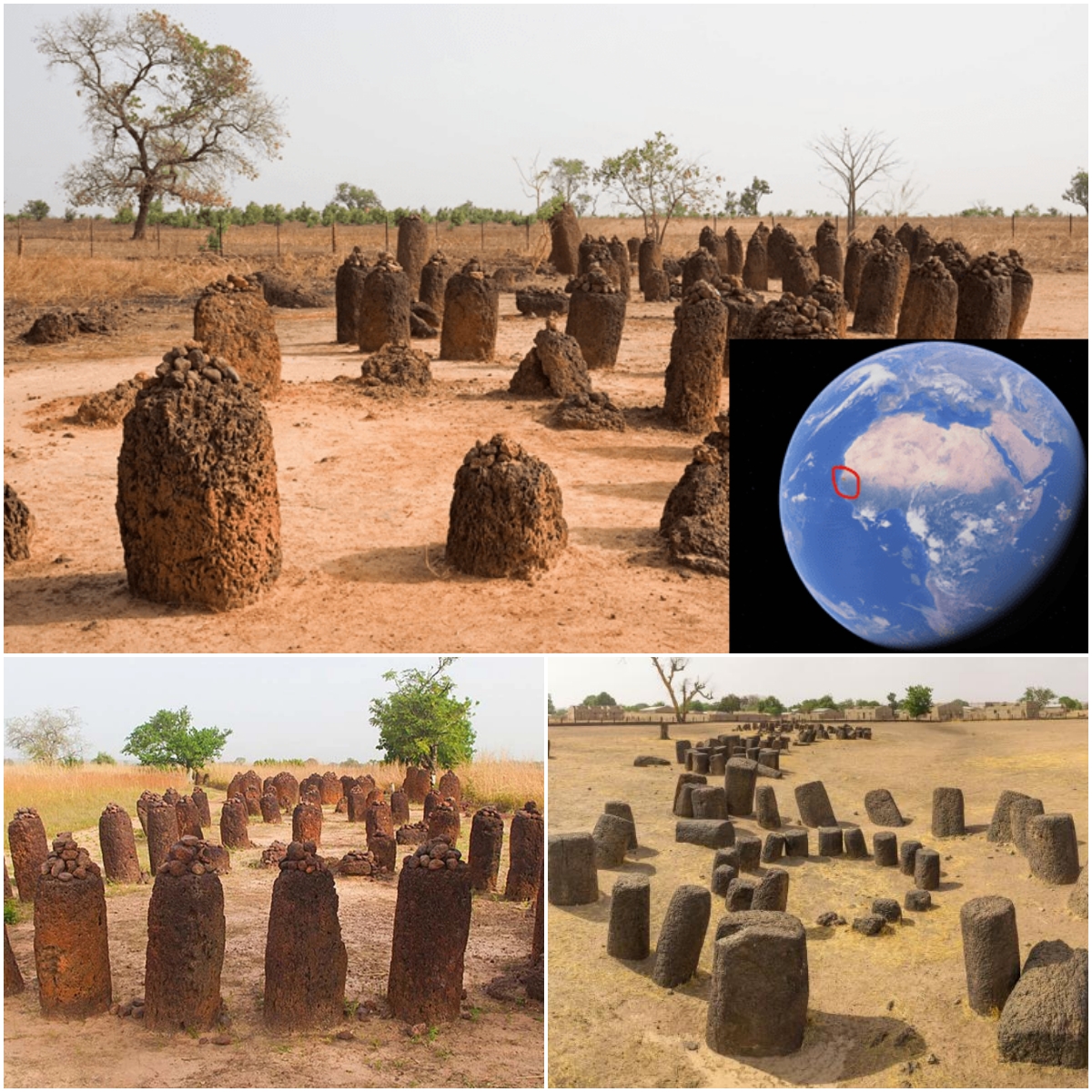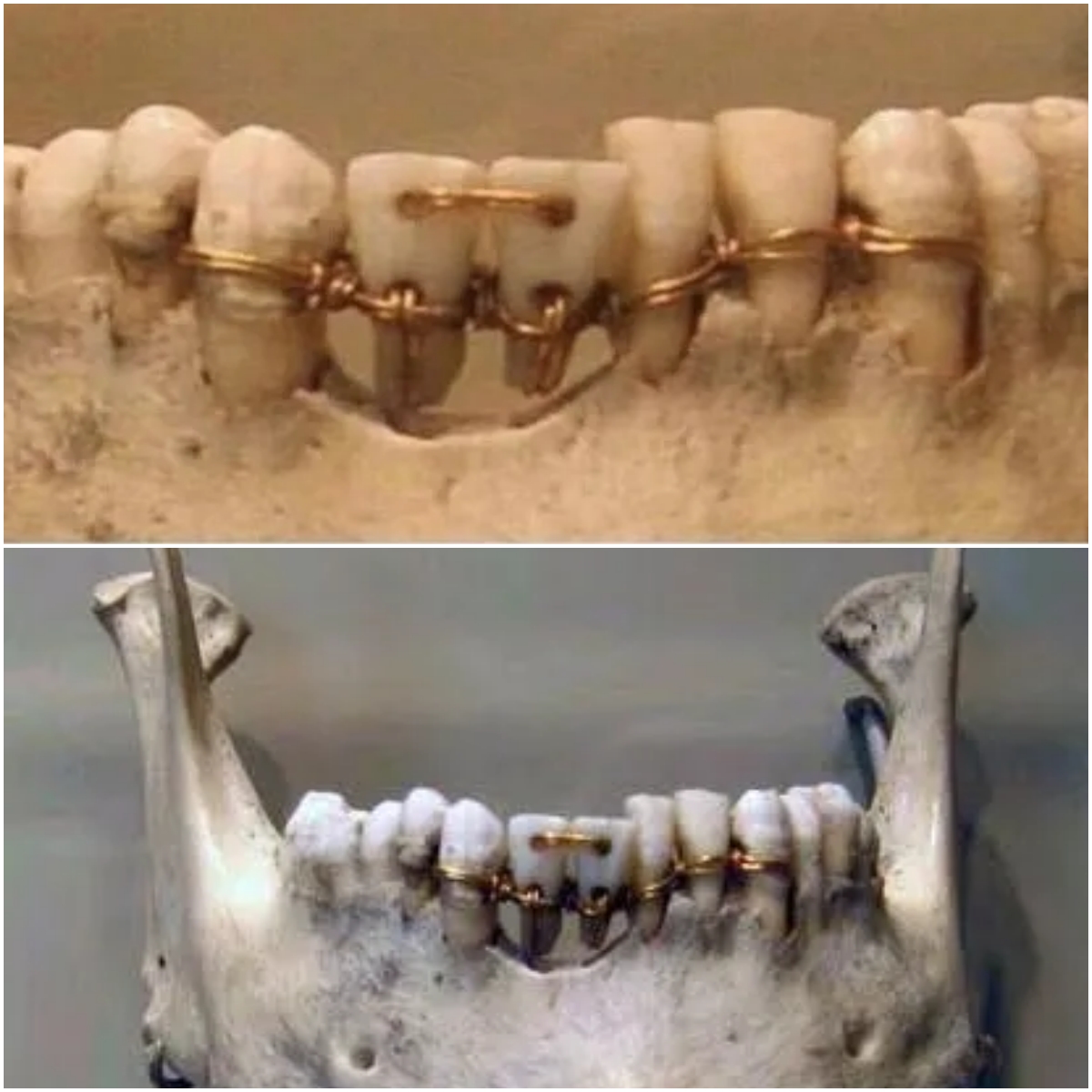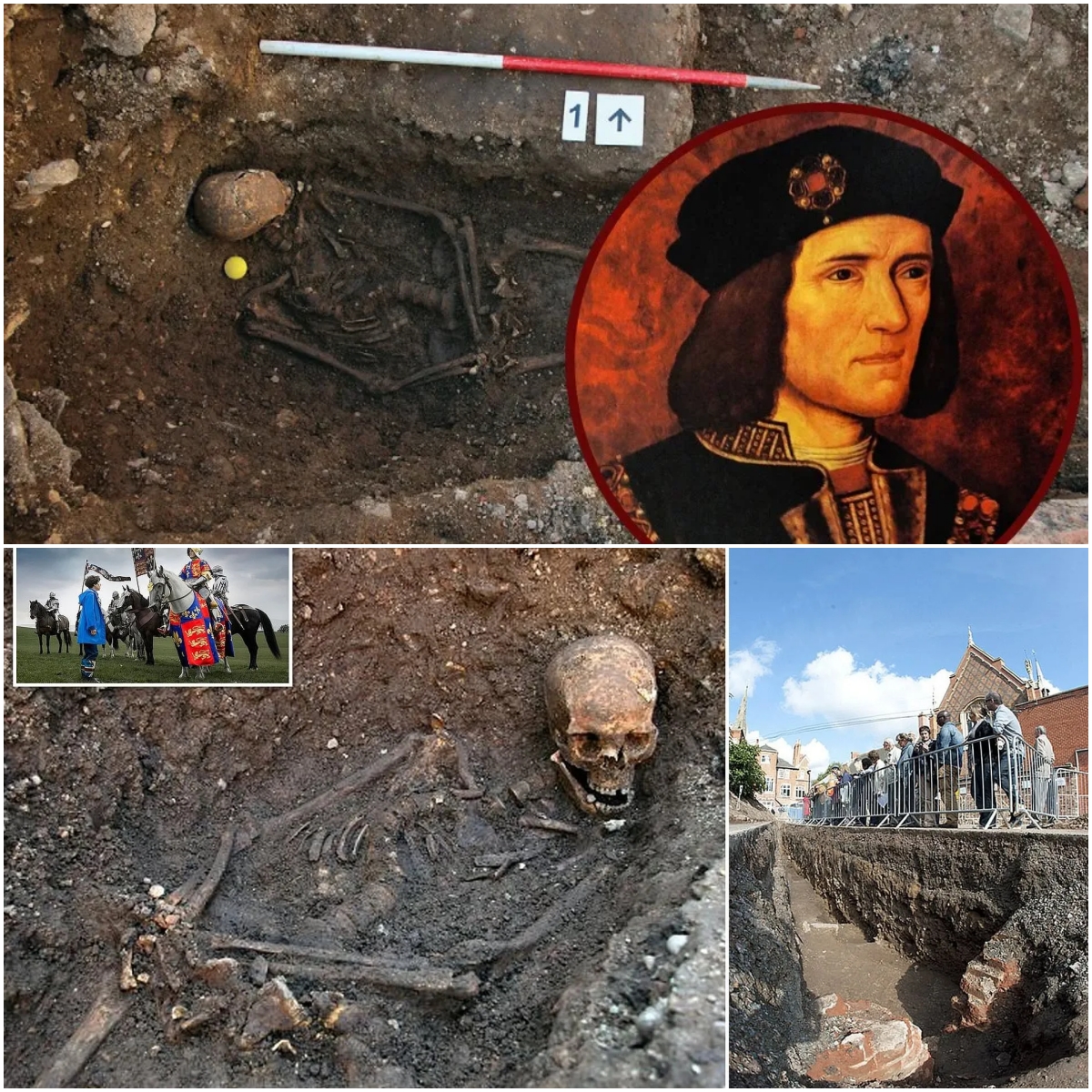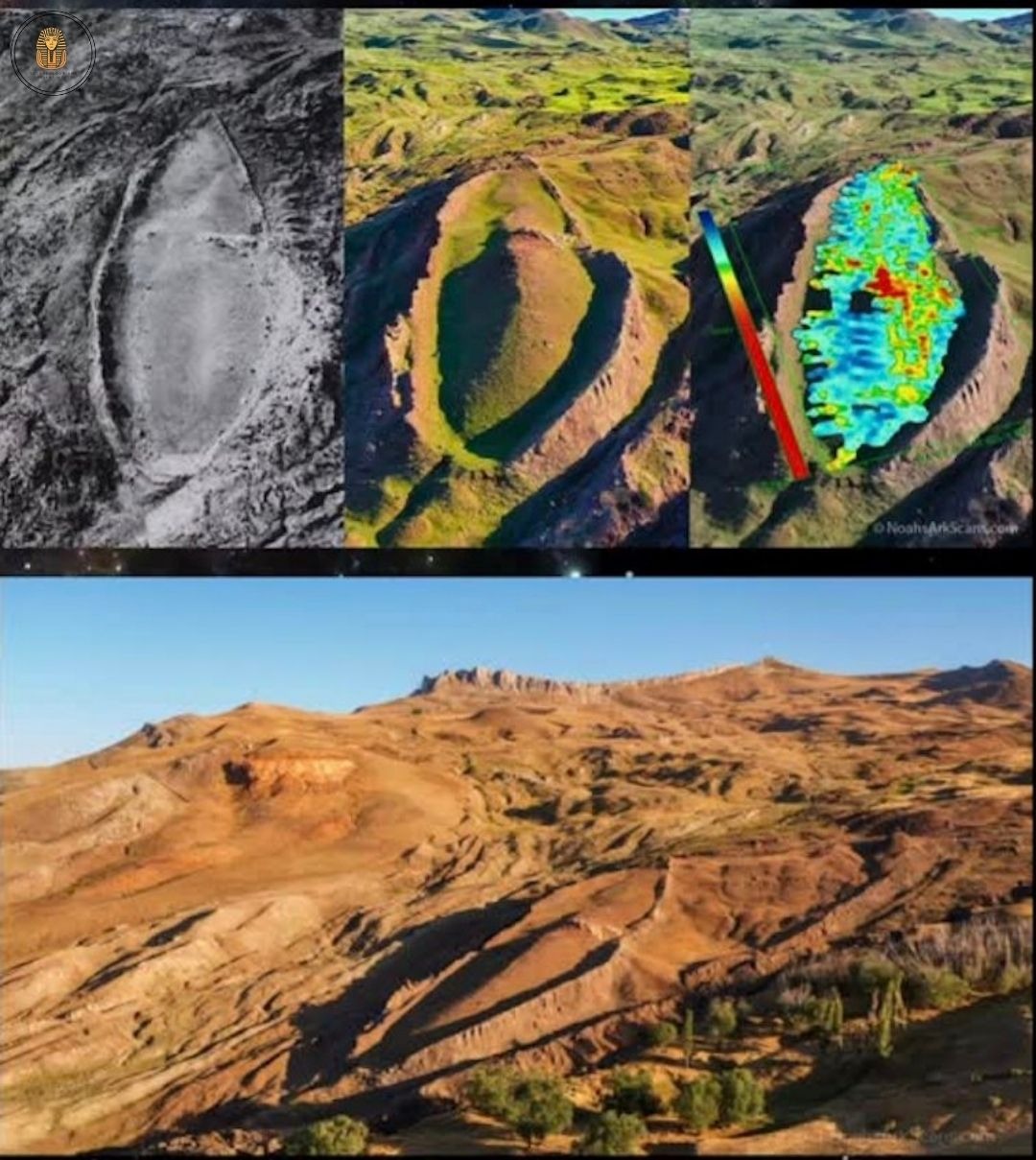Tutankhamun’s Folding Bed: A Battlefield Secret?
Among the many fascinating artifacts discovered in Tutankhamun’s tomb, one stands out as a testament to the ingenuity of ancient Egyptian design: a folding bed. This remarkable piece of furniture sheds light on the young pharaoh’s practical and adaptable lifestyle, especially during his military campaigns or travels.
Tutankhamun’s bed is made of wood, probably acacia or ebony, known for their durability. The structure consists of a folding frame with interconnected hinges that allow it to be easily folded and transported. Its lightweight yet durable design ensured efficient transportation, making it ideal for a mobile lifestyle. Its structure combines practicality with the artistic elegance characteristic of Egyptian craftsmanship, with curved supports and a woven linen sleeping surface.
The folding bed highlights the possibility that Tutankhamun, despite his youth, may have participated in or prepared for military campaigns. Portable beds were practical for pharaohs who needed to travel through the desert or lead troops into battle. They offered a level of comfort and convenience even in difficult conditions. Additionally, the design reflects a cultural emphasis on maintaining royal dignity and luxury, regardless of the setting.
The discovery of this bed offers a glimpse into the daily life and mobility of ancient Egyptian royalty. It challenges the perception that royal tombs only contained static ceremonial objects. Instead, it reveals how the pharaoh’s possessions were also functional and carefully tailored to his needs.
Tutankhamun’s folding bed is more than a historical artifact; symbolizes the innovative spirit of ancient Egypt. The idea of creating portable and folding furniture more than 3,000 years ago demonstrates their advanced understanding of engineering and design. Today, it serves as a source of inspiration and a reminder of the ingenuity embedded in human history.

Combining utility with elegance, this artifact continues to captivate archaeologists and enthusiasts alike, offering a tangible connection to the life and times of one of Egypt’s most iconic pharaohs.








